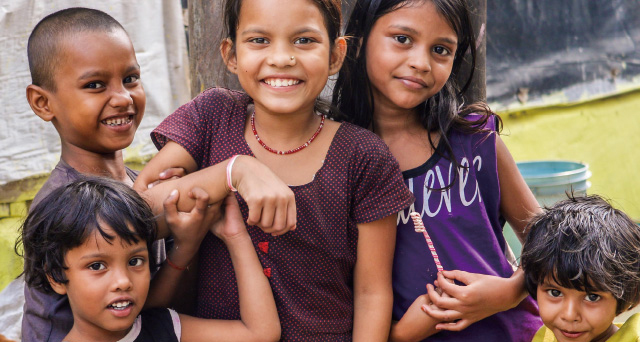Why Global Health R&D
Japan's R&D for Global Health
Photo by Pan American Health Organization PAHO
- Toward elimination and eradication of infectious diseases
- Meeting the needs of individuals affected by infectious diseases
- Supporting economic growth in low- and middle-income countries
- Global health security
- Toward Universal Health Coverage
- Drug development is a high-risk business
- Bridging Japan and the global community to accelerate global health R&D
Toward elimination and
eradication of infectious diseases
Since the launch of the Millennium Development Goals in 2000 and the
subsequent Sustainable Development Goals in 2015, the international community has
made significant progress in partnering against devastating infectious diseases,
including malaria, tuberculosis and the less-well-known but still important
neglected tropical diseases (NTDs). Millions of lives have been
saved by initiatives that expand access to treatment and improve public health in
low- and middle-income countries.
However, even as we celebrate progress, we
must stay committed to the goal of eliminating and, when possible, eradicating these
diseases. To do so will require continued investment in global health R&D, and the
development of new drugs, vaccines, and diagnostics.
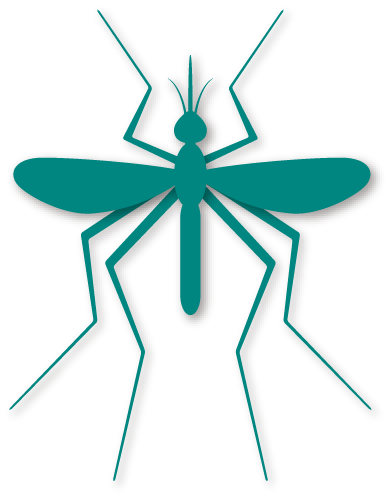
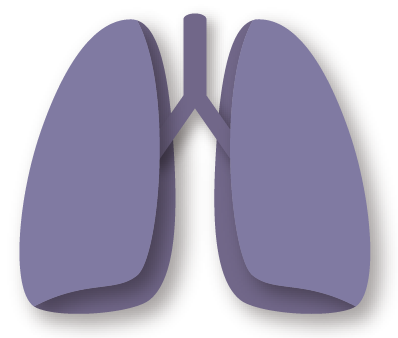

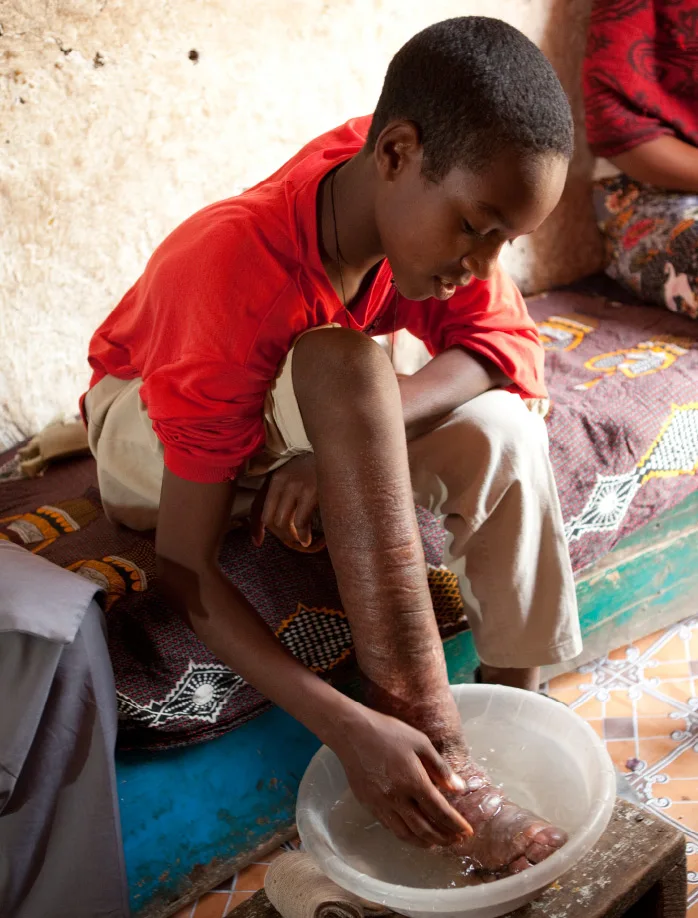
Meeting the needs of
individuals affected by
infectious diseases
Effective and low-cost treatments for malaria, and tuberculosis exist, but
are not yet accessible and available to everyone who needs them. Meanwhile, there are still no
effective tools to prevent and treat some NTDs that are endemic to low- and middle-income
countries. The drugs that do exist are old — developed several decades ago — and many have
unacceptable side effects or are only partially efficacious4. For affected
individuals, the lack of effective treatment can mean severe and lifelong disability, often
associated with social stigma and a loss of economic potential.
In recent years,
antimicrobial resistance (AMR) has become a global health threat as well, rendering some of the
existing, low-cost tools we have relied on for centuries useless. The 2015 World Health Assembly
endorsed a global action plan to tackle AMR, and at the G7 and G20 Summits that followed, AMR
was at the top of the agenda for global health. A recent high-profile report estimates that by
2050, 10 million people will die every year as a result of AMR, unless the global community
mounts an effective response5.
Supporting economic growth in
low- and middle-income countries
Malaria, tuberculosis and neglected tropical diseases (NTDs) have an immense negative impact on economic potential in low- and middle-income countries. Some NTDs affect physical and cognitive development during critical growth periods, robbing children of educational opportunities and, in the long term, work. As a result, disease and poverty become a vicious cycle. NTDs cost developing economies billions of dollars every year6. To break the cycle, and support developing countries in protecting the health and potential prosperity of their citizens, new products are needed that address infectious disease more effectively, carry fewer side effects, and are affordable and accessible where needed most.
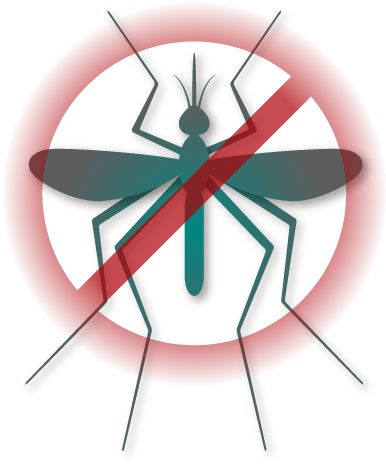
Malaria
eradication

10 million
lives saved
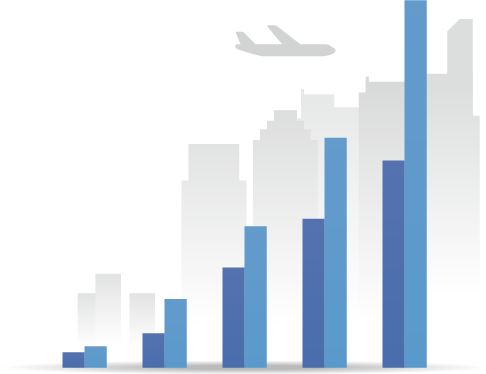
$4 trillion economic
benefit
The Roll Back Malaria Partnership estimates malaria eradication could produce $4 trillion in economic benefits and save an additional 10 million lives over the period 2016–20307
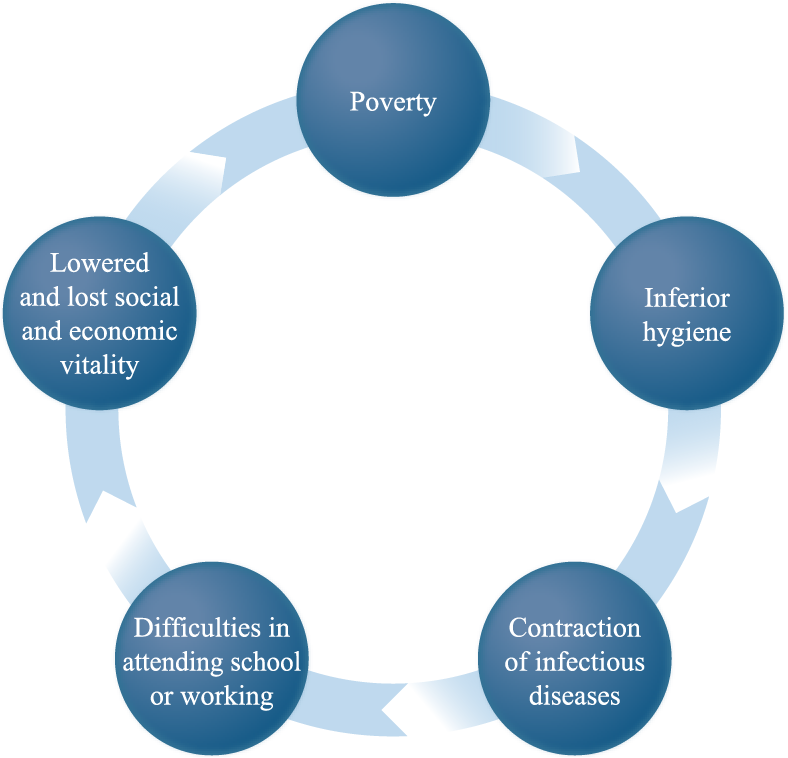
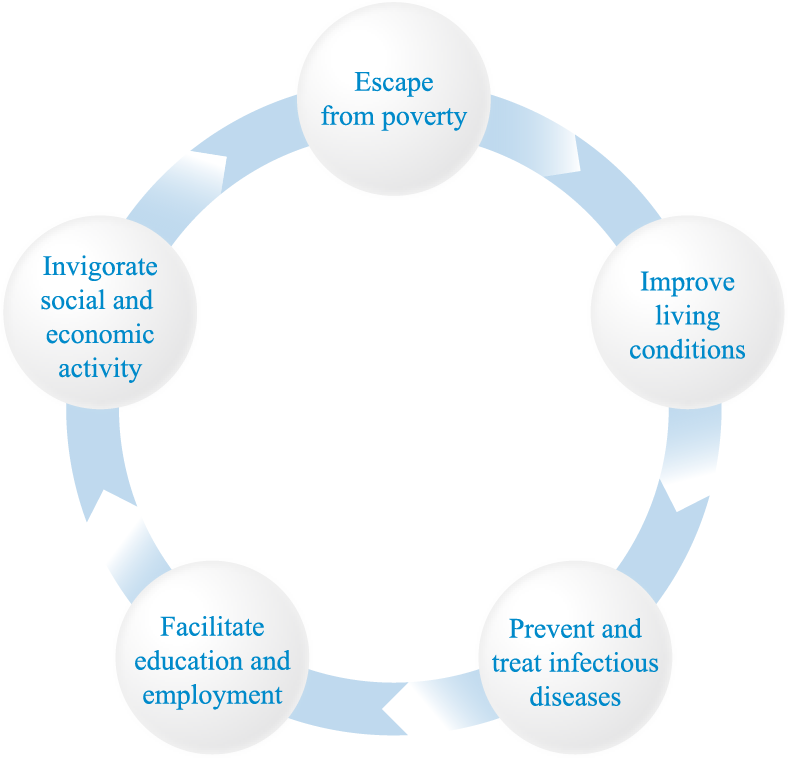
Global health security
Global migration, urbanization, climate change, environmental destruction, civil war, terrorism, and political unrest — all of these have contributed to an expansion of infectious diseases beyond the borders of "poor countries." In the 21st century, infectious diseases are becoming a threat to the lives of people around the world, in developed as well as developing countries’ economies. Japan, an economically stable country, has a responsibility to proactively contribute.
The major forces affecting the emergence of infectious diseases8
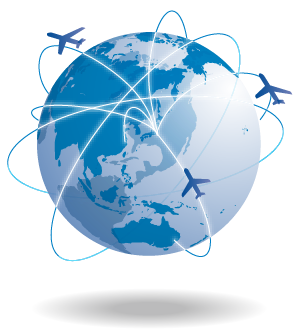
Urbanization and
Human Migrations

Climate Change

Deforestation
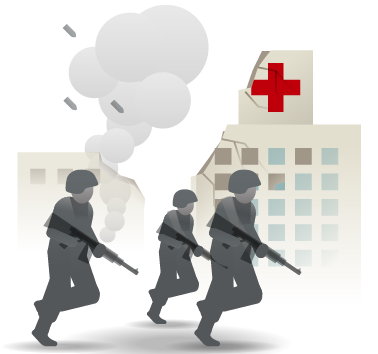
Conflict, and Political
Destabilization
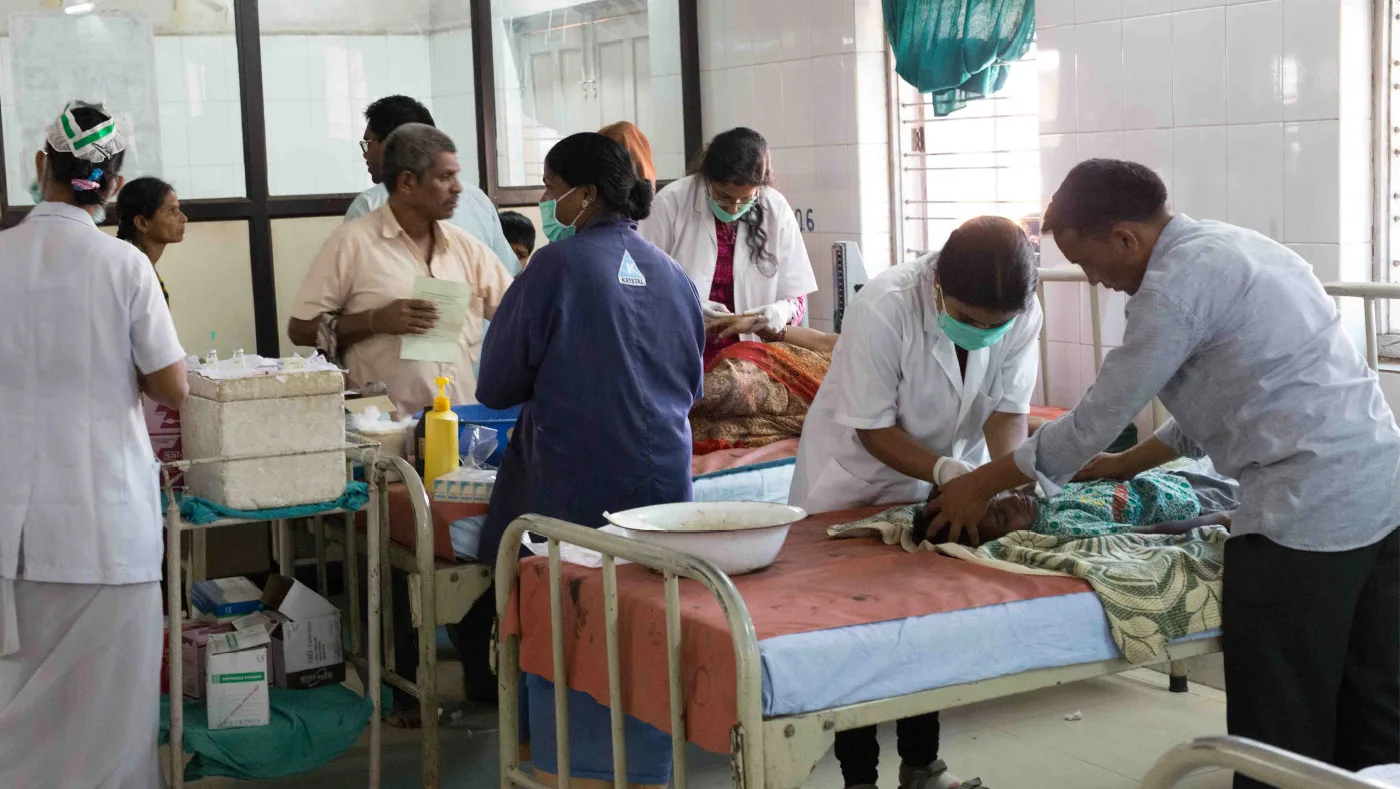
Toward Universal Health
Coverage
Universal Health Coverage — the infrastructure that supports affordable health care for people around the world through health insurance, human resources, and reliable supply chains (among much else) — was identified by the World Health Organization as a political priority in the Sustainable Development Goals adopted by the United Nations General Assembly in 2015. To achieve this goal requires affordable new drugs, even in low- and middle-income countries where billions of people still lack access to necessary health care.
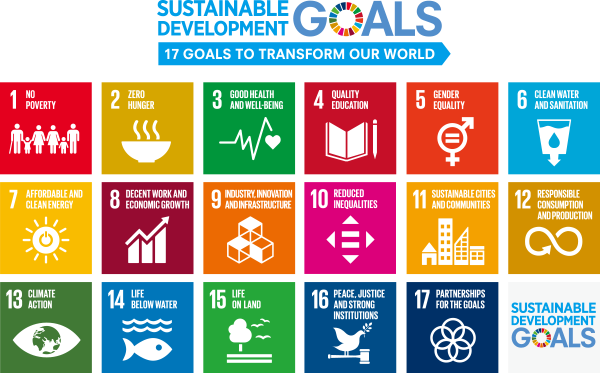
On September 25th 2015, countries adopted a set of goals to end poverty, protect the planet and ensure prosperity for all as part of a new sustainable development agenda. Each goal has specific targets to be achieved over the next 15 years9.
Drug development is a high-risk business
That's because new drug development isn't easy. It can take ten
years or longer and an investment of hundreds of millions of dollars to develop a
single medicine. The cost rises every year11, and the probability of
success for a new drug that is safe and effective and passes regulatory barriers is
very low.
Indeed, the business risks of drug development are high, and for
drugs effective against infectious diseases in low- and middle-income countries the
market price — and thus, the return on investment — is low. That creates a high
barrier to investment for private companies, which are accountable to shareholders
and other stakeholders. As a result, investment in new drugs for infectious diseases
accounts for only about 1% of all new drug development12.
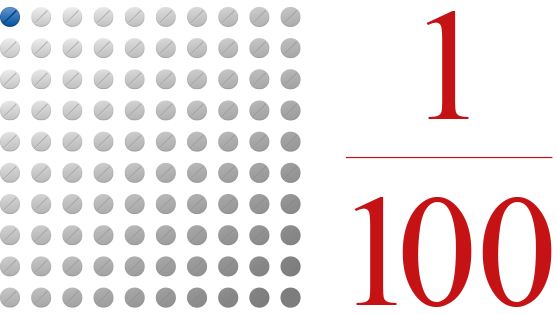
Of the 336 brand-new drugs (new chemical entities, or NCEs) approved for all diseases in 2000-2011, only four, or 1%, were for neglected diseases
The lengthy pharmaceutical R&D process and its probability of success
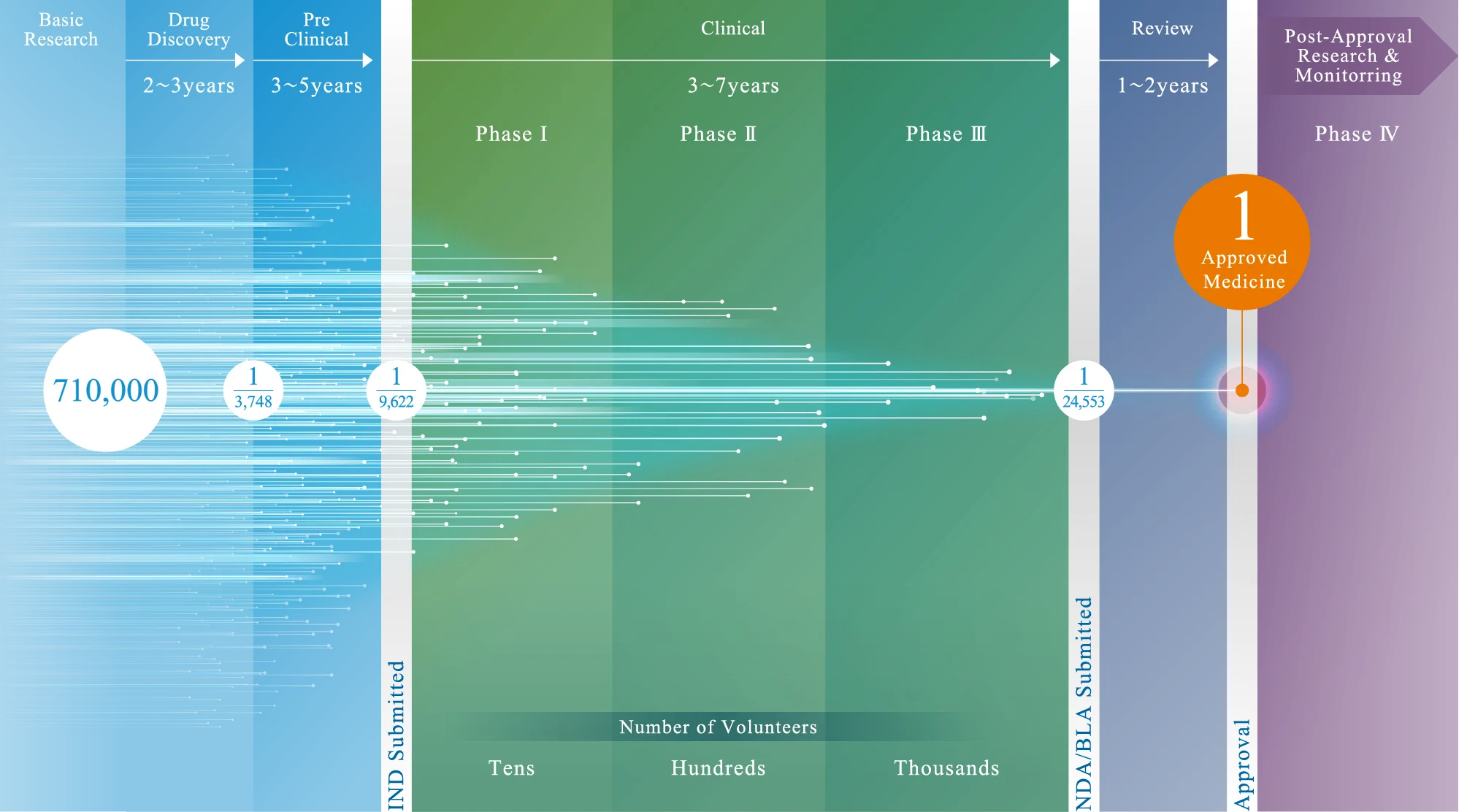
The length and probability of success depend on intervention and research design.
Source: Japan Pharmaceutical Manufacturing Associations. Text Book 2016-2017
To break the established pattern and ensure that potentially lifesaving
medicines advance, governments, companies, universities, research institutes, nongovernmental and
nonprofit organizations, and international organizations must cooperate across sectors and borders.
A public-private partnership fund for product development provides incentives and mitigates risk for
corporations, universities, and research institutes, so that they can all proactively engage in
global health R&D.
Cross-border collaboration is equally important. Developing drugs for
diseases endemic to low- and middle-income countries means partnering with local agencies in endemic
countries on clinical trials. It also means partnership and cooperation between Japanese and
international institutions and organizations that are familiar regulatory issues, quality control,
manufacturing, and distribution in the countries where new tools will be manufactured and used.


The Global Health Innovative Technology Fund (GHIT) was established to solve
the challenges associated with drug development for infectious diseases and achieving Universal
Health Coverage under the Sustainable Development Goals. GHIT secures funds for product
development through international public–private partnerships and invests in open innovation,
drawing on Japan's scientific and pharmaceutical capabilities combined with overseas resources
and networks to create lifesaving tools.
GHIT links Japanese and overseas institutions
involved in global health R&D, including governments, private companies, foundations,
nongovernmental organizations and nonprofit organizations, and United Nations agencies, and
encourages dialogue on product development, access, and delivery.
Please see our portfolio here.
Access to these basic tools for health is critical to the economic growth and stability
of low- and middle-income countries, where the burden of infectious disease has been and remains
highest.
Japan’s R&D for Global Health
Reference
- World Health Organization Malaria Fact Sheet. https://www.who.int/news-room/fact-sheets/detail/malaria
- World Health Organization Tuberculosis Fact Sheet. https://www.who.int/news-room/fact-sheets/detail/tuberculosis
- World Health Organization NTDs. https://www.who.int/neglected_diseases/diseases/en/
- Hotez PJ et al. (2016) Eliminating the Neglected Tropical Diseases: Translational Science and New Technologies. PLoS Negl Trop Dis 10(3): e0003895. doi:10.1371/journal.pntd.0003895
- Michele Cecchini et al. ANTIMICROBIAL RESISTANCE IN G7 COUNTRIES AND BEYOND: Economic Issues, Policies and Options for Action. https://www.oecd.org/els/health-systems/Antimicrobial-Resistance-in-G7-Countries-and-Beyond.pdf
- World Health Organization: http://www.who.int/neglected_diseases/diseases/en/
- The Global Fund: Results Report 2017 https://www.theglobalfund.org/media/8262/corporate_2017resultsreport_report_en.pdf
- Hotez PJ (2016) Neglected Tropical Diseases in the Anthropocene: The Cases of Zika, Ebola, and Other Infections. PLoS Negl Trop Dis 10 (4): e0004648.
- United Nations Information Centre. http://www.unic.or.jp/activities/economic_social_development/sustainable_development/2030agenda/sdgs_logo/
- The Japan Times. https://www.japantimes.co.jp/opinion/2017/12/08/commentary/japan-commentary/aiming-truly-universal-health-coverage/#.WtbL5tPFIUE
- DiMasi JA et al. Innovation in the pharmaceutical industry: new estimates of R&D costs. J Health Economics. 2016;47:20‐33.
- Pedrique B et al. The drug and vaccine landscape for neglected diseases (2000-11): a systematic assessment. Lancet Global Health, Early Online Publication, 24 Oct 2013. http://www.thelancet.com/journals/langlo/article/PIIS2214-109X(13)70078-0/fulltext

